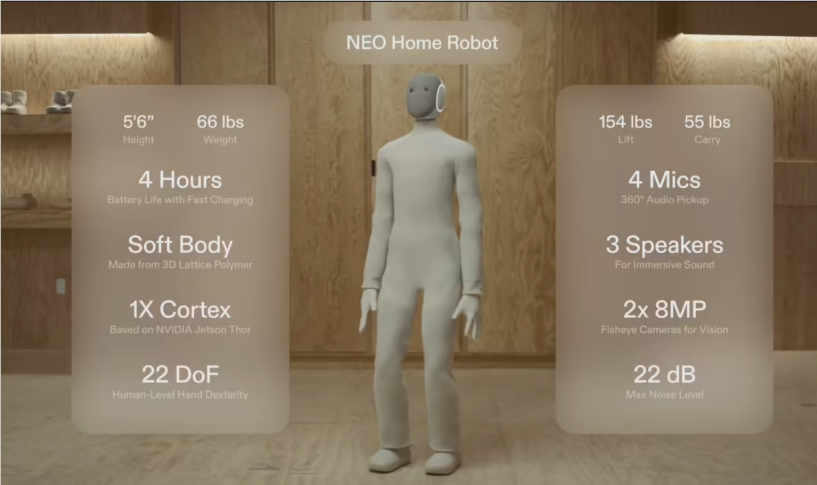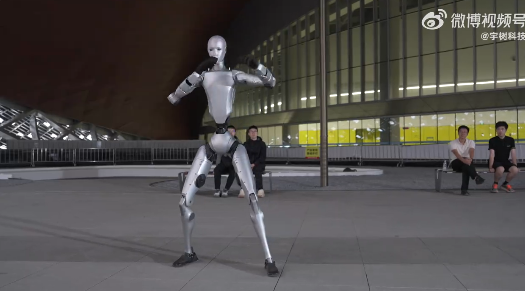Recently, Hugging Face's open-source project LeRobot has garnered significant attention in the industry. This project integrates the most advanced machine learning algorithms and convenient development toolchains, providing developers with an efficient and user-friendly platform for developing robot AI, often referred to as the "Transformer moment" in the robotics field.

Unified Interface, Compatible with Multiple Hardware
A major highlight of the LeRobot project is its unified hardware interface design, capable of seamlessly integrating various robot hardware, including robotic arms, cameras, motors, and more. This design significantly reduces the cost for developers to adapt hardware. Whether it’s a dual-arm robotic arm based on the Koch v1.1 robot kit or other types of hardware, LeRobot provides flexible support. Developers no longer need to build complex hardware interfaces from scratch but can focus solely on algorithm development and task design.
Vast Pre-trained Models, Within Reach
The LeRobot project comes equipped with a vast library of pre-trained models, covering some of the most advanced robotics learning algorithms today, such as Diffusion Policy, ACT (Action Chunking with Transformers), VQ-BeT, and others. These models have been optimized and can be directly invoked through the Hugging Face Hub with just a few lines of code. This "plug-and-play" feature not only accelerates the development process but also makes AI robotics technology more accessible.
Standardized Datasets, Easy to Get Started
To further reduce the entry barrier for research and development, LeRobot provides standardized dataset loading tools that support multiple formats, such as aloha_hdf5, pusht_zarr, and xarm_pkl. Developers can load datasets with a single line of code using the LeRobotDataset class and use built-in data augmentation and transformation tools to quickly handle multi-modal time-series data (such as state, actions, and visual inputs). Additionally, the project supports uploading datasets to the Hugging Face Hub for community sharing and collaboration.
Memory Transfer, A New Model of Community Collaboration
Another innovation of LeRobot lies in its "memory transfer" function. Developers can upload trained models to the Hugging Face Hub, while other developers can easily reuse these models by simply calling them. This function not only promotes knowledge sharing in the robotics field but also greatly improves model reuse efficiency. Whether it’s a benchmark case in the PushT task or complex control of the ALOHA robotic arm, LeRobot has achieved SOTA (state-of-the-art) performance, demonstrating its strong practicality.
Intelligent Evaluation and Efficient Training
LeRobot includes an intelligent evaluation system that automatically generates training curves and performance reports, helping developers monitor model performance in real-time. By integrating wandb tools, developers can easily view key metrics during the training process, such as success rate and reward values. Additionally, LeRobot supports AMP (Automatic Mixed Precision) technology, which can speed up training by 3 times, significantly shortening the development cycle. Whether for academic research or industrial applications, this feature offers great convenience to developers.
Exemplary Cases, Broad Application Prospects
Currently, LeRobot has demonstrated excellent performance in several exemplary cases. For example, in the PushT task, LeRobot's Diffusion Policy model achieved SOTA results; in the ALOHA robotic arm operation scenario, the project also showed excellent two-handed operation capabilities. These successful cases indicate that LeRobot is not only suitable for simple robot tasks but can also handle complex real-world scenarios. In the future, with continuous contributions from the community, LeRobot is expected to support more tasks and hardware, driving AI robotics technology into households worldwide.
The Future of Robotics Research
The launch of LeRobot marks a new phase in AI robotics research. By open-sourcing models, datasets, and tools, Hugging Face not only lowers technical barriers but also builds a collaborative innovation platform for global developers. AIbase believes that the significance of LeRobot lies not only in the technology itself but also in its injection of new vitality into the open ecosystem of the robotics field. Whether for academic researchers or robotics enthusiasts, LeRobot enables everyone to easily realize their ideas.
Conclusion
From unified hardware interfaces to vast pre-trained models, intelligent evaluations, and memory transfer functions, LeRobot provides a one-stop solution for AI robotics development. AIbase will continue to follow the latest developments of LeRobot and bring you more cutting-edge reports. Let’s wait and see how this project brings more surprises to the robotics industry!
Project address: https://github.com/huggingface/lerobot








